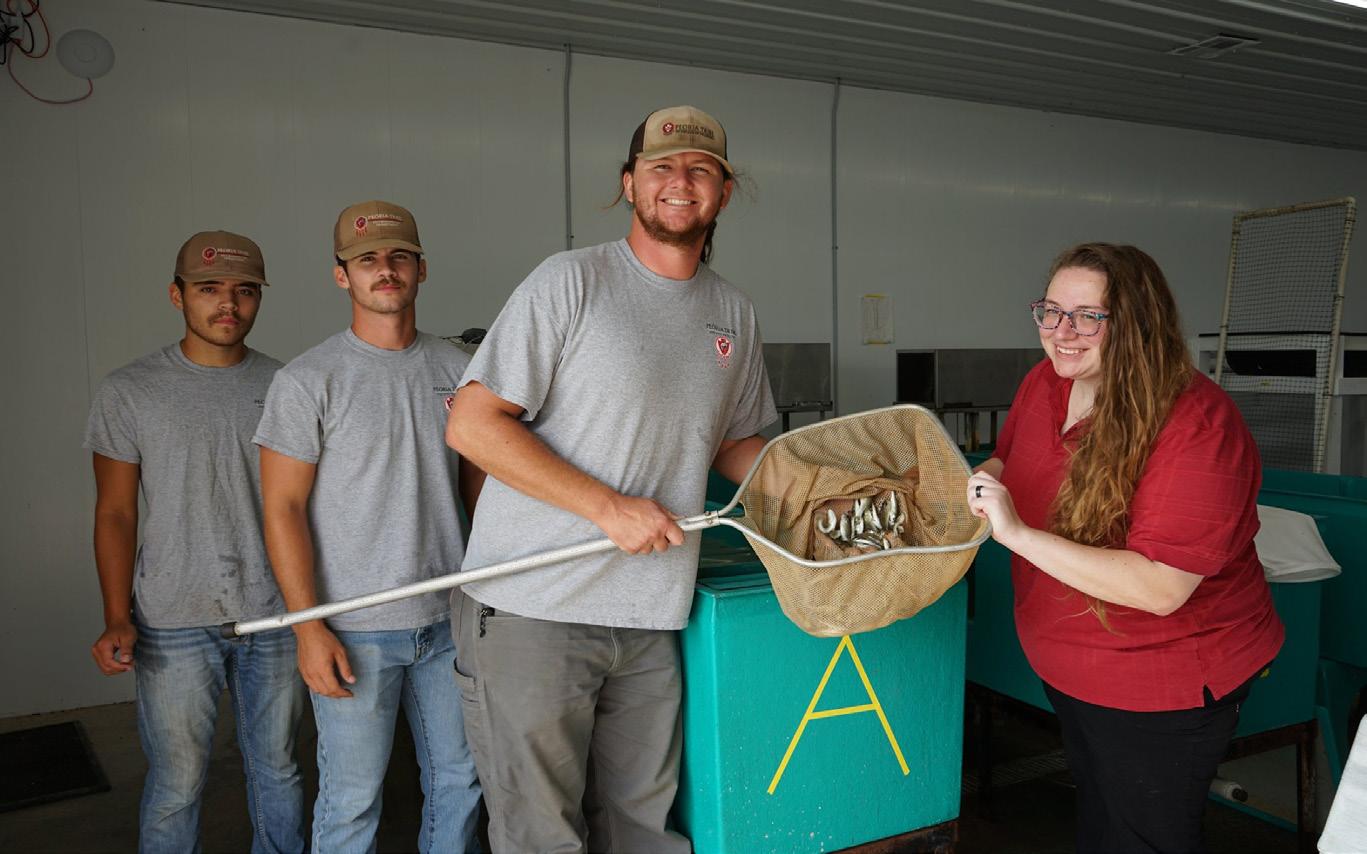
3 minute read
Natural Resources
Peoria Natural Resources
Peoria Tribe of Indians Aquatic Facility
With the completion of the Peoria Tribe Aquatic Facility annual harvest, we are proud to share that the goal set for this year has been met and proudly surpassed! The Aquatic Facility recorded just shy of 8,000 fingerling Smallmouth Bass in hand and into phase II ponds. This surpasses our last year’s best of 1,200!!

The Peoria Tribe Aquatic Facility harvest was so abundant, they were able to give part of their harvest to the Facility’s Mussel Biologist, Regina Sapp, for the propagation of various species of freshwater mussels. This is the first instance of in-house transfer of our Fingerling Smallmouth Bass. Thank you & awesome work to our Aquatic Facility employees, who actively strive for excellence and quality in their every day work!
On August 19th 2021, the first of the Fall calves were born at our cattle farm welcoming the success of the coming year for our food soverignty.
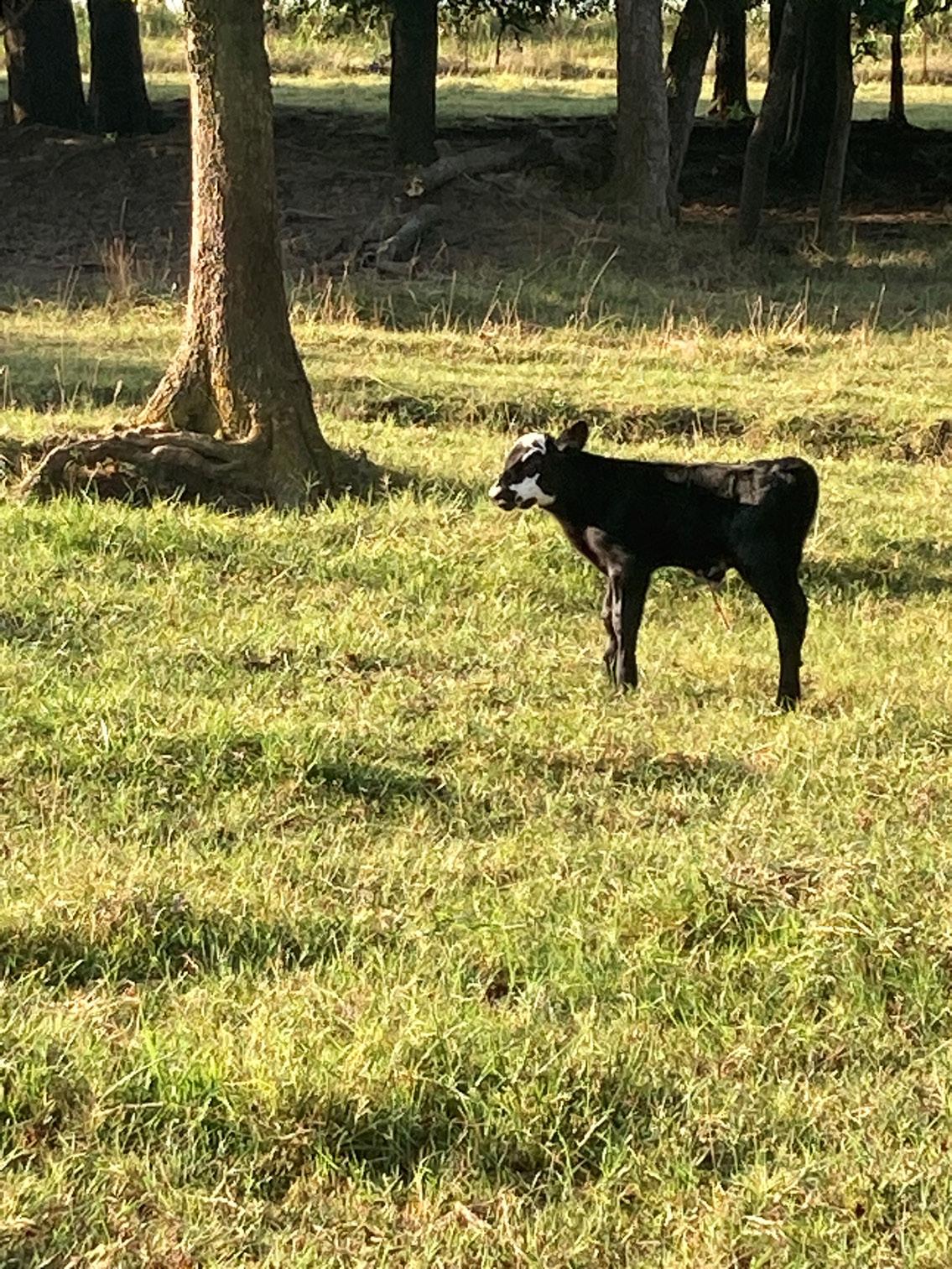
Due to dry conditions this summer, intense pollen, and the wildfires in the west it is noted that you should be on the lookout for air quality warnings and schedule your daily outside activities with these warnings in mind.
As we are slowly coming up on fall and preparing for seasons to change, we start to transition into “winter mode” at the Peoria Tribe Aquatic Facility. During the winter months, we primarily focus on maintenance and preparation of equipment for the following season. We like to fully service equipment and have everything prepared for the springtime, so when it’s time, we are ready to go.
As summer ends, our mussel lab is preparing for many new and exciting winter activities. In the upcoming season, we will be completing the construction of a pulse-overflow system—a system which provides slow-moving habitat to juvenile mussels and delivers food and water to them on a timer. This will allow us to increase production of juvenile mussels and allow us to more effectively grow Rabbitsfoot, a federally listed species native to Oklahoma. In addition to building a pulse overflow system, the lab will be installing a FLUPSY, which is a dock that will sit in our pond and store our adult mussels.
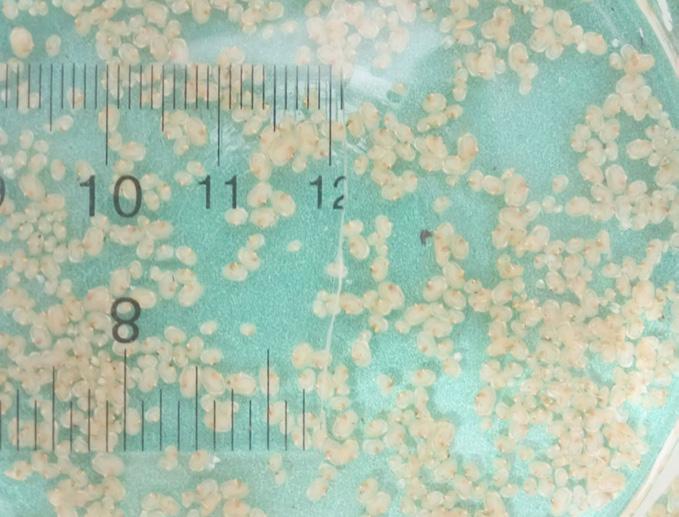
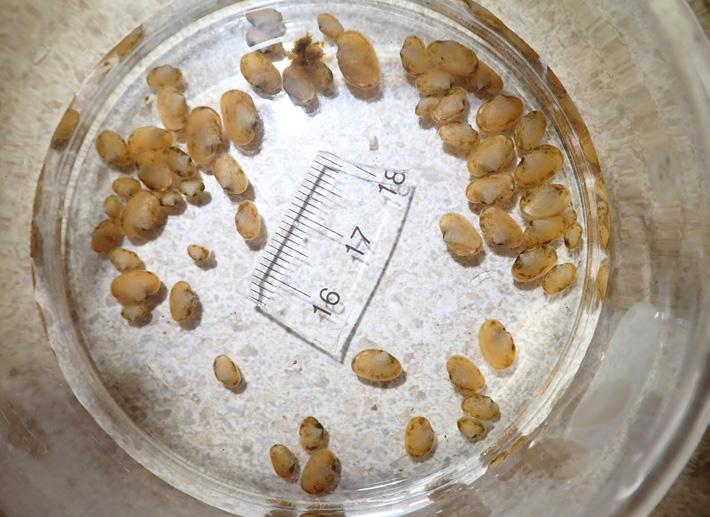
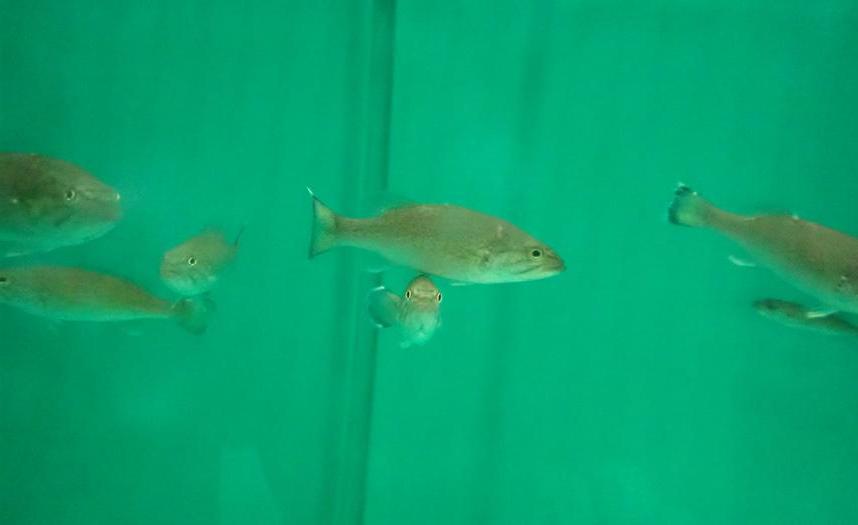
NRDAR - Natural Resource Damage Assessment and Restoration
This year has been spent in finalizing several “Restoration” goals and projects that we hope will contribute to the restoration and / or rejuvenation of “damaged or Injured” aquatic resources (freshwater mussels), and migratory songbirds and Bobwhite Quail. For example, Pre-mining, and until the mining contaminants reached a critical level in our rivers and creeks, 27 different species of mussels inhabited our Spring and Neosho Rivers. Now, with residual heavy metal contamination, only 9 still survive; and with one of those species on the Endangered Species list, and one on the Threatened Species list. One Restoration project our Environmental Department is working on is the laboratory production of those mussels’ species for introduction into upper reaches of clean tributaries feeding into Spring and Neosho Rivers. The purpose being those released or restocked mussels will propagate and move downstream. This will allow time for contaminated gravel bars and sediments to be remediated (removed) from the Spring and Neosho rivers by USEPA, and water quality to improve before those restocked mussel species propagate on out into the rivers proper. Being filter feeders, those restored mussel species will then further contribute to cleaning natural impurities from the water column, resulting in cleaner streams and waters.







